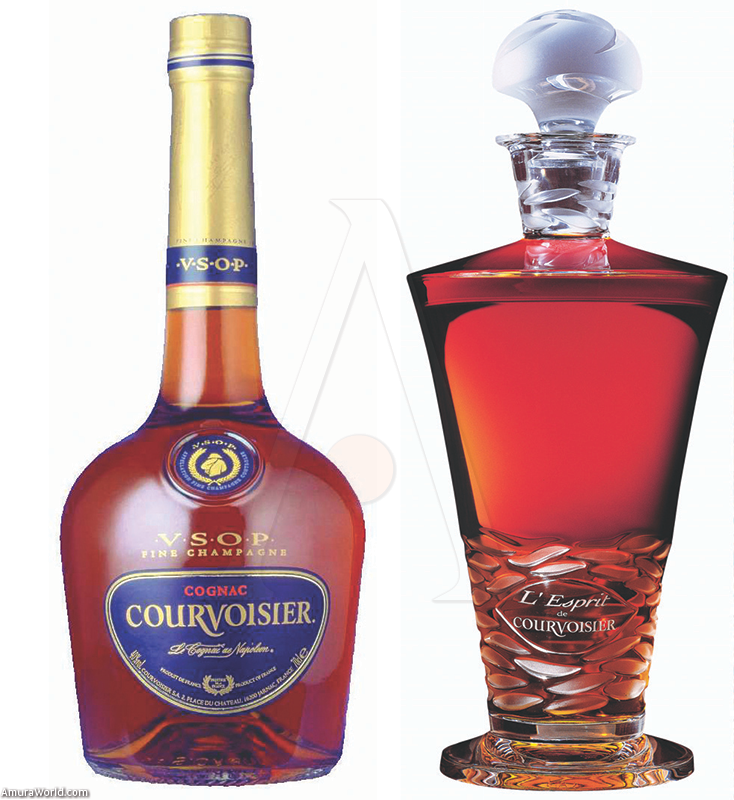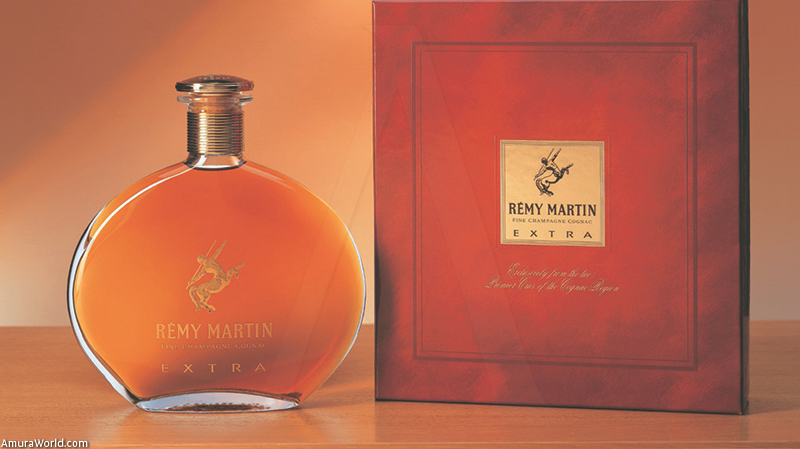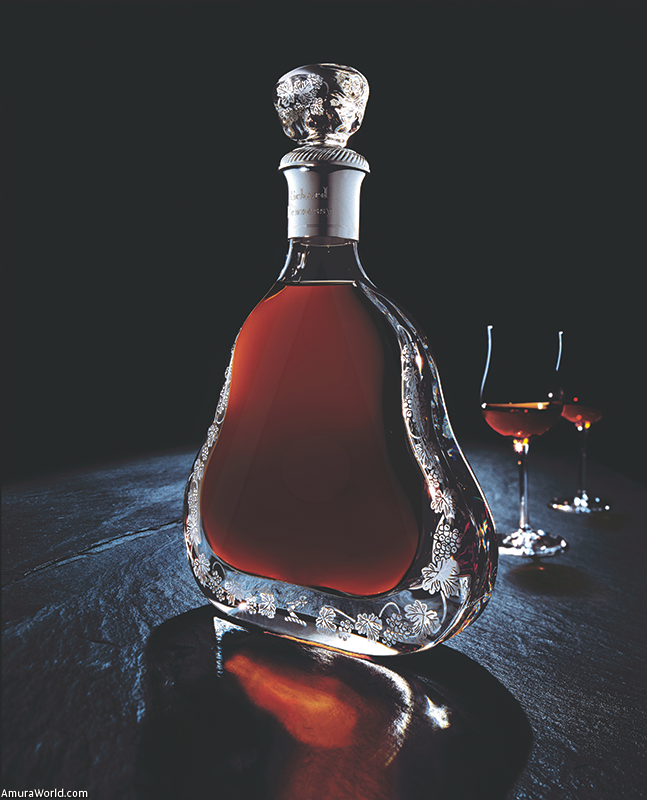Growing old gracefully
If the wine is the noblest of the fermented beverages, the cognac is the undisputed king of the distilled drinks. This title comes from, in big part, the French and the winegrowers from the Charente region. There, during the beginings of the 17th century, this spirit was first distilled.
It was the people of the region of Cognac the ones who knew how to add art category to their wine, managing to imprint their fame, and with some time, their name, to this great beverage. Already in 1751, the “Encyclopédie” mentions Cognac as a town famous for its wines. In 1860, it was comercialized in a glass bottle, as a contrast to the cheap tradition of selling wine in oak barrels. This is why the cognac is the first and most advantaged representative. Also, cognac is that which falls into the rules of or origin naming.
Grape Rage
The Cognac legislation only allows the use of thre varieties of white grape: Ugni blanc, Folle blanche and Colombard, which are less aromatic stumps and are harvested before they are ripe.
The Ugni blanc grape represents 90% of the planted vineyards meant for white base wine, which is distilled acording to the method from Charente in a double distill.
Production
Zones The area of the broad land of Cognac covers the Maritime and Charente departments, and it is know to have a high level of gypsum and limestone soil. The soil quality determines in great measure the quality of the product, and each vineyard has its own distinctive characteristics. That’s why, the area of Cognac, with its 85 000 acres of vineyards, is divided into seven departments. “Grande Champagne”, “Petite Champagne”, “Borderies”, “Fins Bois”, “Bons Bois”, “Bois Ordinaires” and “Bois á Terroir”. The best cognac is made in the first of these regions, known as “Grande Champagne”, which produces quite fine distilled drinks. “Petite Champagne” offers soft, delicate wines. Les Borderies makes wines that grow old fast with violet notes, and the rest, produce cheaper products. These conditions allow the fact that cognacs from different districts get mixed up and create the final product with the personality of each wine cellar. Hences, every cognac is a “coupage”, or a mixture which in the case of “Fine Champagne”, the most famous without any doubt, must contain at least 50% of wine made in “Grande Champagne”.
The Making
Fermentation: In september, during three of four weeks, people collect the grapes. This collect is made mechanically in over 90% of the Cognac vineyards. The grapes are taken to the press, for which a neumatic press is used, and it renders the seeds intact, while getting the must. This leaves a less harsh juice, with good acid level and delicate aroma, and it is not filtered.
The must is canalized to stainless steel tanks to begin fermentation, which lasts aproximately seven days, and delivers a white wine with more or less 7° or 9° of alcohol.
The distillation, as said before, is made in the model of the 17th century copper distill, used by region dwellers, who carefully carry on with the traditions as a quality guarantee. In this distills, real historic jewels, the white wine is distilled twice, and it comes from the authorized varieties. This is a slow process, primitive if you will, but thanks to this process, the wine keeps most if its aromas.
The base white wine is placed in a pot distill to be processed two times. The first time, we get a product with around 27° to 30° of alcohol, known as “brouillis”. This product goes back again through the distill and is warmed for 12 hours, removing the first and last alohols (referred to as “heads” and “tails”), thus, keeping the real core of the fermentation, which produces a 70° of alcohol wine.
Breeding or vintaging
Once you get the wine you must grow it old, a key element for its its perfection, for it is here when its alcoholic level goes down to the commercial 40° and gets its aromatic complexity, this is, the oxidations breeding that allows the cognac to have its charateristic color and unmatched aroma. For this to happen, the barrels must be made out of handcrafted limousine oak, with the only help of water, iron and fire. Enclosed in this keg of noble wood, and leaving some space or the cognac to have some contact with the air, this wine starts its vintaging process, which will last a couple of years for the youngest, although some exceed by far this legal limit. Certantly, later during the “coupage”, the age will dilute to that middle rank. The youngest wine determines the age of the cognac.
|
V S = Very Old V S O = Very Special Old V S O P = Very Superior Old Pale XO = Extra Old |
Text: Georgina Estrada Gil, Asociación Nacional de Sommeliers ± Photo: Remy Martin, Hennessy, Courvoiser





